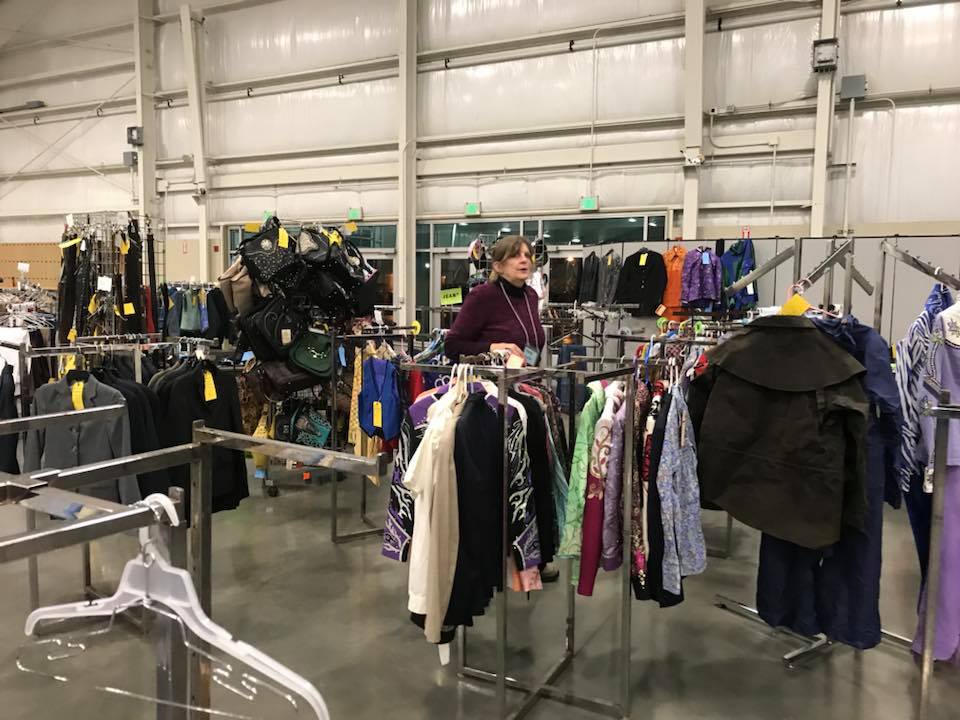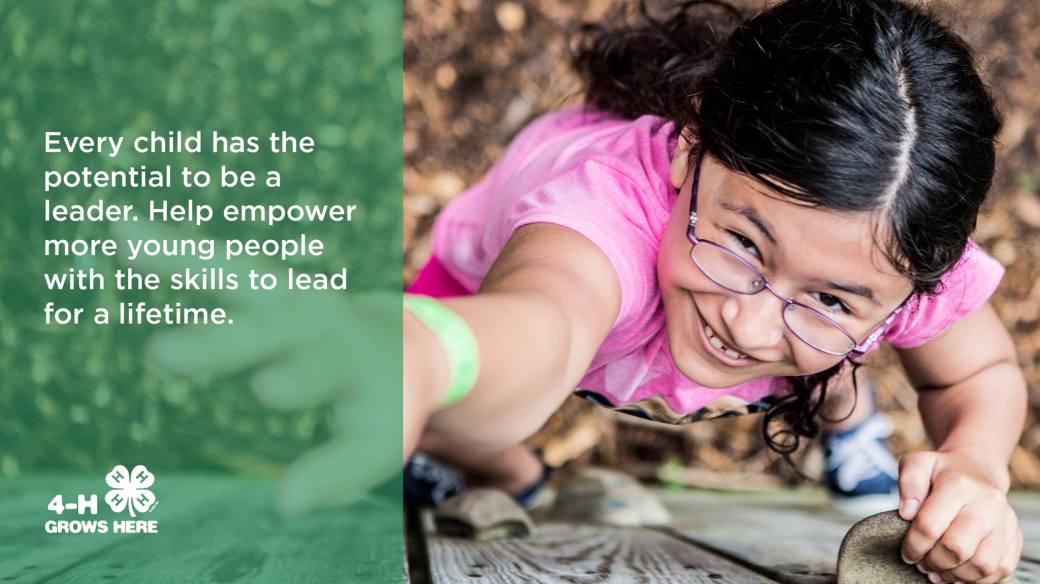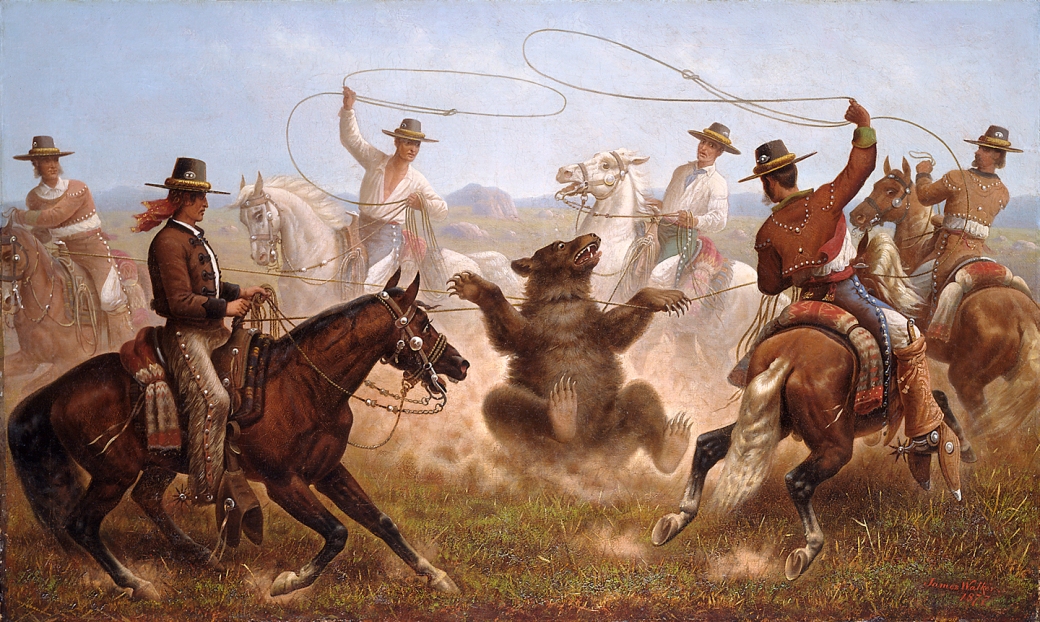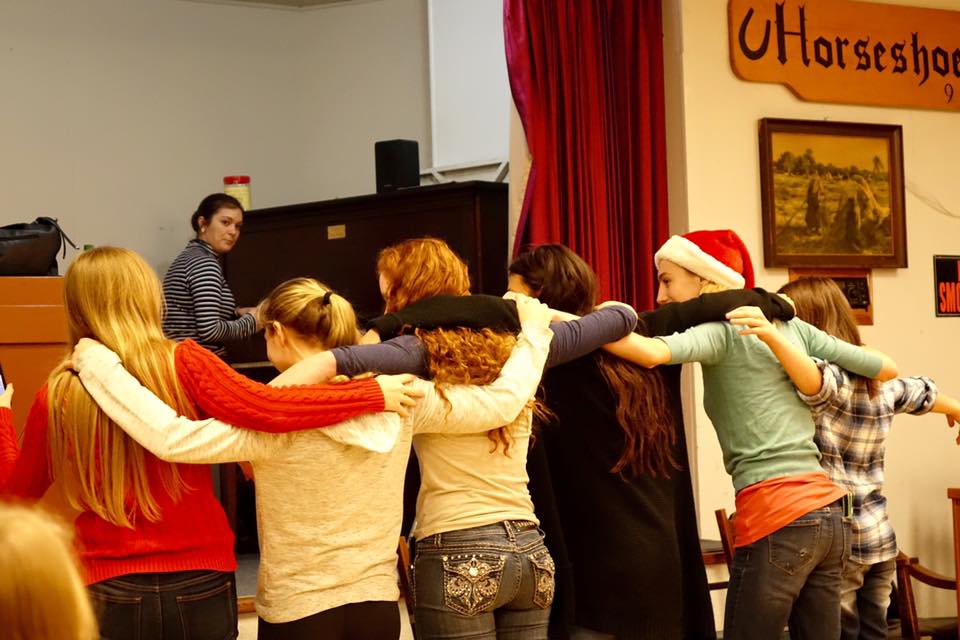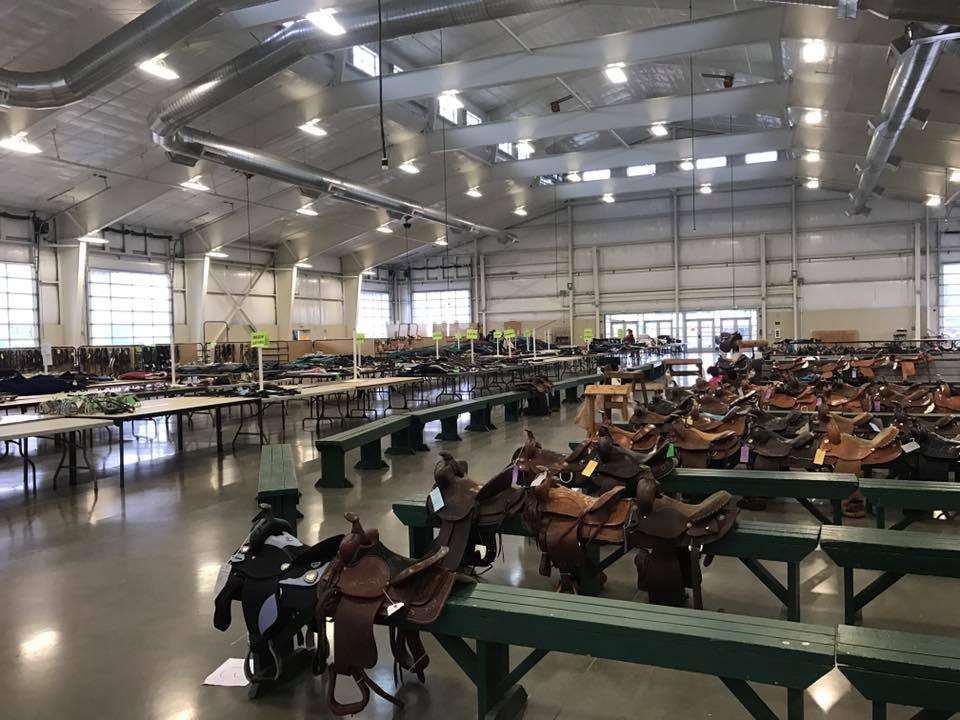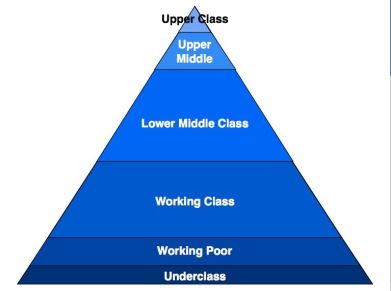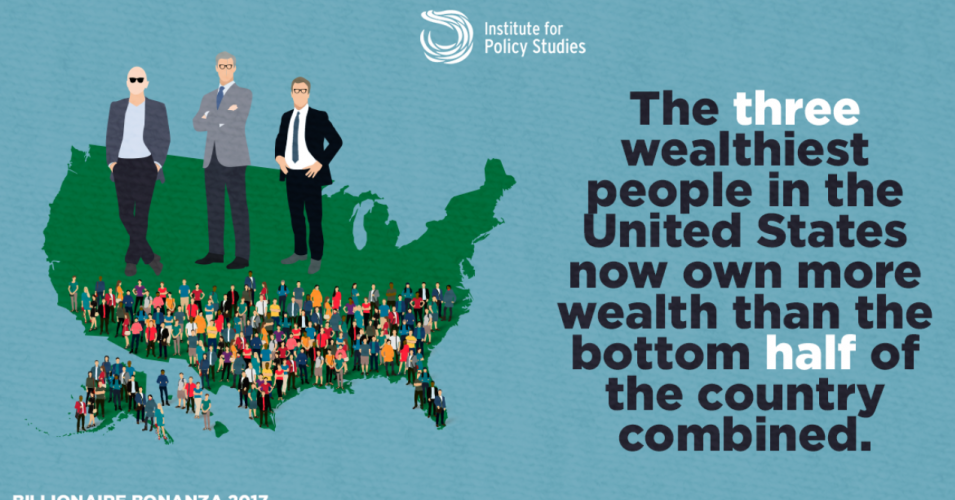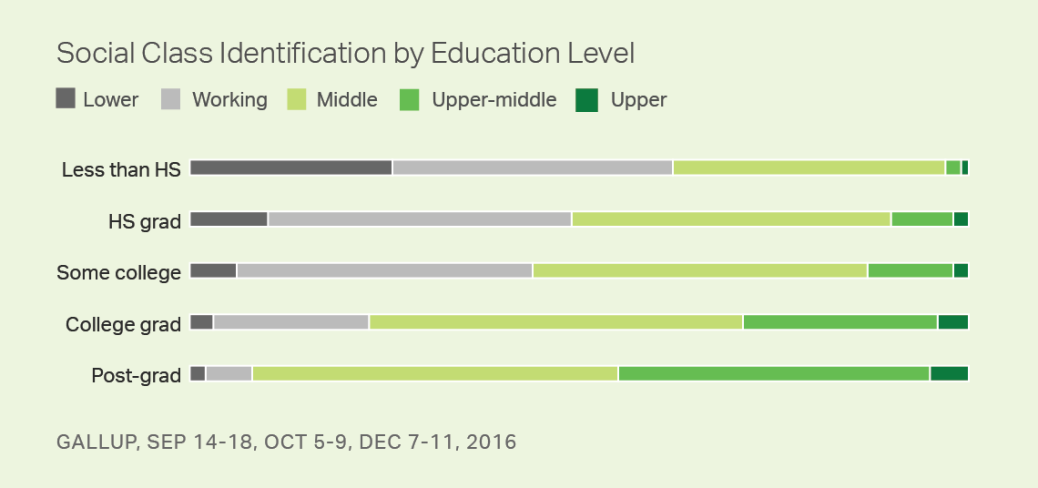Madaleine Smith
“The concept of race is a modern concept. In the ancient world, the Greeks, Romans, Jews, Christians, and Muslims did not have racial categories. Rather people were divided according to religion, class, language, etc.”

Blacks Law Dictionary defines race as “a tribe, people, or nation, belonging or supposed to belong to the same stock or lineage”. Although when The Human Genome Project mapped out the complete human genetic coded, they proved that race could not be identified in our genes. While scientists may use this idea of “race” to help make a more practical distinction among fluid sets of genetic traits, we know that all people belong to the same hominid species, Homo Sapiens. This is Latin for “wise man” and biologically shows there is one human race. Humans can differ genetically in some ways, such as blood type and skin pigmentation, but many biologists and anthropologists believe that the categories of race or not biologically grounded because more modern humans just haven’t evolved into separate races or subspecies. Some people may think that race and ethnicity are almost the same things but actually, they are different entities. They both can be considered social constructs but they have different definitions. Race is associated with this idea that there are natural biological differences which for the most part has been largely discredited and ethnicity is usually associated with culture, language, and religion.
We are all equal in the fact that we are all different. We are all the same in the fact that we will never be the same. We are united by the reality that all colours and all cultures are distinct & individual. We are harmonious in the reality that we are all held to this earth by the same gravity. We don’t share blood, but we share the air that keeps us alive. I will not blind myself and say that my black brother is not different from me. I will not blind myself and say that my brown sister is not different from me. But my black brother is he as much as I am me. But my brown sister is she as much as I am me.”
― C. JoyBell C.
As we looked around the community to find an organization that fits within the categories of race, ethnicity, social class, gender, and mass communication, we discovered a local 4-H group, Broken Bits, which is a club within the 4-H horse program. 4-H isn’t just about horses though, it also focuses on engineering clubs, debate clubs, dance clubs, knitting, swim clubs, farming, cooking etc. They believe in the power of young people, they see that every child has real influences to improve the world around us all and that they have valuable strengths. They are one of America’s largest youth development organization with empowers nearly 6 million people across the US.
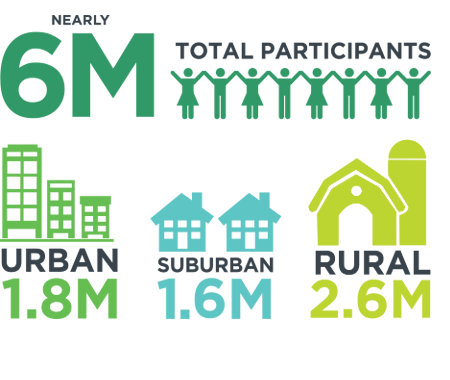
“I pledge my head to clearer thinking, My heart to greater loyalty, My hands for larger service, And my health for a better living. For my club, My community, My country, And my world.” – 4-H Pledge
We worked with Patti Segulja, the club leader at Broken Bits and we were able to interview her over the phone. She offered us a chance to help set up at the 4-H Snohomish County Annual Tack (horse gear) Sale at the Monroe Fairgrounds in one of the livestock buildings on March 2nd. Patti told us that these sales are all volunteer run and it’s an amazing opportunity for lower-income families in the 4-H community to be able to buy horse gear and competition clothes for a cheaper price. Horses can be a very expensive sport to participate in and so when members of the community and other 4-H families donate gear, it can go a long way for families that have trouble paying full price for tack. We helped organize donated saddles in the livestock building and took many photos of the saddles and competition clothes.

Saddles at the Annual Tack Sale
I talked to Patti about whether or not our perceptions of race can influence how many ethnic parents tent to put their kids into 4-H. She told me that “I myself am a daughter of immigrants from Croatia, and my husband immigrated to America from China when he was 11. Our two daughters have been in 4-H ever since they could talk, and I love to see them in a group who shares common interests in horses”. But owning horses is not cheap, there are vet and farrier bills, food, grooming and general maintenance, boarding, one time or occasion spendings, and all the tack required to ride the horse. There tends to be this frame of reference that horses tend to be a “rich person” sport and this belief can sometimes prevent parents from signing up their kids into 4-H. When I asked Patti if there was a lot of cultural diversity in 4-H, she said “I can’t speak for all of the clubs, obviously, but I’ve noticed it’s still a majority of white kids at least in the 4-H horse program. I think this has to do with the notion that horseback riding is a rich sport, and so parents in the middle or lower class don’t think they can afford it, and, as much as I hate to say it, it seems the lower classes tend to be the most racially diverse. But, from what I have seen, the robotics club is the most diverse.” When looking at the chart below of the median household income in 2015, you can see that African Americans and Black people tend to have the lowest household income of $38,555 compared to someone who is white who is making around $61,319.

It can be difficult to join 4-H if there just simply isn’t enough money to pay for the materials, but this gap in income can be traced back into all the racial issues America has been dealing with since as long as people can remember. Racism is the key factor in US history, and it is the “doctrine or teaching, without scientific support, that does three things. First, it claims to find racial differences in things like character and intelligence. Second, racism asserts the superiority of one race over another or others. Finally, it seeks to maintain that dominance through a complex system of beliefs, behaviors, use of language and policies. Racism ranges from the individual to the institutional level and reflects and enforces a pervasive view, in white-dominated U.S. culture that people of color are inferior to whites” (Racism and White Privilege). Such racist beliefs include “White people are genetically better and smarter”, or “White is the superior race”. Hate crimes, segregation, discrimination, “separate but equal” and the Jim Crow laws are all examples of things in the United States that people have used to create a barrier between people of color and white people. This racism can manifest in language such as the use of slurs, or even in the Master Narrative our schools tend to teach in history classes. This notion of one race is better then the other creates something called White Privilege. White Privilege “is not something that white people necessarily do, create or enjoy on purpose. White skin privilege is a transparent preference for whiteness that saturates our society” (Racism and White Privilege).
“White privilege shapes the world in which we live — the way that we navigate and interact with one another and with the world.” (Racism and White Privilege)
White privilege generally tends to be hidden and transparent preference that can be very difficult and a complex issue to address. At a closer look at the issue, we are able to see how White Privilege can create a sense of entitlement and power that creates advantages for white peoples and pushes them up the social class ladder. Owning horses may be considered a perk or advantage of being white because they are more likely able to afford all the materials required. Although 4-H tries to take the edge off all the costs of materials, there is still some racial stereotypes present. Racial stereotypes “are automatic and exaggerated mental pictures that we hold about all member of a particular racial group” (Fredrickson). When people begin to stereotype people based only off of their race, you end up not taking in the individual differences about the person and ignoring any information that doesn’t fit the stereotype that was created about the specific racial group.
The two posters above help enforce the idea that horse riding tends to be a white sport while other things like the performing arts are for people of color, this is an example of a racial stereotype. In order to decrease this belief that owning a horse is only for white people, 4-H needs to create more diversity in their ads to help show that the perception about owning horses is wrong.
“When you label somebody and put them in a box, then you put the lid on the box, and you just never look inside again. I think it’s much more interesting for human beings to look at each other’s stories and see each other. Really see each other and then see themselves through other people’s stories. That’s where you start to break down stereotypes.” – Stephanie Beatriz
Patti Segulja recognizes that the majority of people who join these 4-H programs are white, she says “The robotics and performing arts clubs tend to be the most diverse programs we run while the farming and horse programs we offer mostly are filled with white children, but we are working on trying to create a more diverse community across all our programs”. She believes that common interests pull kids together where they might have stood apart before and that is one of the main messages of 4-H. Her perspective on the racial gap in the club help show the effect of racism in the United States in the past and the underlining racism still present today.

It is not only underlining racism that we can see based on her perspective but it is also how people have portrayed these groups of people. With an access to media everywhere we look, from the phones in our pockets to the radios in our cars, it has altered our frame of references and in some cases our beliefs. Neil Postman the author of Amusing Ourselves to Death said “This idea – that there is a content called “the news of the day” – was entirely created by the Telegraph (and since amplified by newer media), which made it possible to move decontextualized information over vast spaces at incredible speed. The news of the day is a figment of our technological imagination. It is quite, precisely, a media event. We attend to fragments of events from all over the world because we have multiple media whose forms are well suited to a fragmented conversation” (8). News has been changed under the media-metaphor of television and when we hear the “News of the Day”, it doesn’t immediately affect our lives but it does seem to have a novelty value. If we hear a decontextualized story about a black kid shot by a cop or a rape on an Indian reservation, we might get emotionally affected but for the most case, many of us don’t have any agency in these situations and so there isn’t anything we can do about it. Most of these stories don’t really change us and have little practical value because sometimes it only really exists in a world of media and never on our doorstep. We see these victims as people who don’t really relate to us and therefore it can create and underlining notion about a possibility of these issues not existing, this is where white privilege can come into play again. Postman suggests that our news is now compromised with no practical context and that decontextualized information is not in our control but it something that happens. As Ronald Takaki said in A Different Mirror, “The future is in our hands. The choices we make will be influenced by whether our memory of the past is the Master Narrative of American History or the narrative of “a different mirror” (435). If we want to alter these racial stereotypes and create programs that are culturally diverse and full of different perspectives and beliefs, we as a nation need to address the racial issues in the US and work together to bring awareness to what we can do to help.
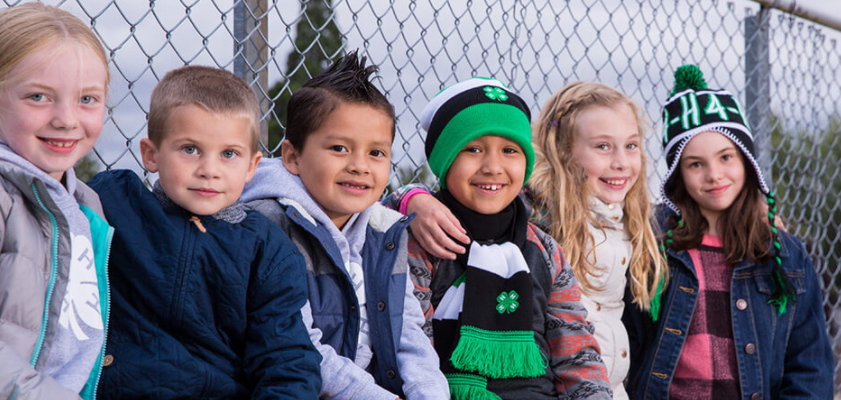
Fair Use Statement:
This site may contain copyrighted material the use of which has not always been specifically authorized by the copyright owner. All material is for nonprofit educational purposes. We are making such material available in an effort to advance understanding of human rights, economic, and social justice issues, etc. we believe this constitutes a ‘fair use’ of any such copyrighted material as provided for in section 107 of the US Copyright Law.
Word Count: 1500
References
Fredrickson, G. M. (n.d.). The Historical Origins and Development of Racism. Retrieved March 11, 2018, from http://www.pbs.org/race/000_About/002_04-background-02-01.htm
Lehnardt, K. (n.d.). 51 Interesting Facts about Race and Racism. Retrieved March 11, 2018, from http://www.factretriever.com/race-and-racism-facts
On Racism and White Privilege. (2017, July 27). Retrieved March 11, 2018, from http://www.tolerance.org/professional-development/on-racism-and-white-privilege
Postman, N. (1986). Amusing ourselves to death: Public discourse in the age of show business. New York: Penguin Books.
(P. Segulja, personal communication, February 28th, 2018)
Race Quotes (815 quotes). (n.d.). Retrieved March 11, 2018, from http://www.goodreads.com/quotes/tag/race
Takaki, Ronald T., 1939-2009. (1993). A different mirror : a history of multicultural America. Boston :Little, Brown & Co.,
Williams, L. (n.d.). Annual Cost of Owning a Horse and 6 Alternatives to Buying. Retrieved March 11, 2018, from http://www.moneycrashers.com/cost-owning-horse-alternatives-buying/
4-H Hands-On Learning & Education Programs for Kids. (n.d.). Retrieved March 11, 2018, from https://4-h.org/



